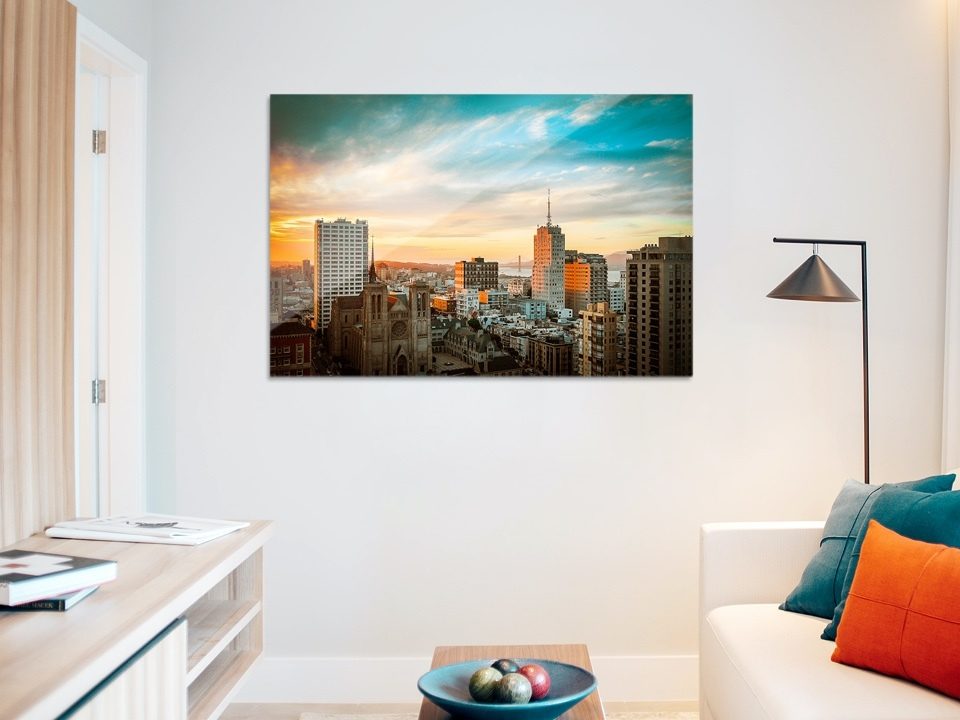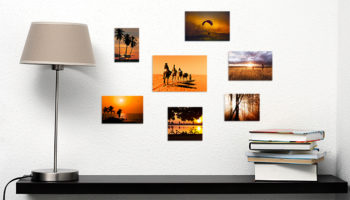
In a time when we mostly share our memories digitally – via Instagram, Facebook, or the cloud – we sometimes forget just how meaningful a physical print can be. And that’s a shame, because there are plenty of reasons to bring your photos (back) to life in print. Here are the top four.
1. A print lasts – for generations
Digital files can vanish due to a broken phone or outdated hard drive. But a high-quality print can last for decades, even centuries. Think of inkjet prints that hold their quality for over 100 years when stored properly, or black-and-white prints created with traditional processes that are virtually timeless. A printed photo doesn’t need updates or new storage formats. It’s simply there – tangible, visible, ready to be passed on.
2. You truly see more in a print
Modern screens might look sharp, but they usually show no more than 2 megapixels of detail. That’s a waste when your camera captures 24, 36, or even 80 megapixels. Only a large print lets you see it all – the composition and the fine details. An iPad shows a nice image, but a 40×60 cm print? That leaves a real impression.
3. Prints elevate your presentation
Digital portfolios are convenient, but they often lack the impact of a tactile experience. Think fine art prints in a box, viewed with white gloves – it’s haute cuisine compared to fast food. A print can be held, felt, even smelled. The texture, the finish, the gloss or matte – it all adds to the experience. On a screen, you swipe and move on. A print demands attention.
4. A print is a final result
Digital files are always a work in progress – you can keep tweaking contrast, cropping, or color. A print is different. It captures your final decision. It reflects your intent – the finish, sharpness, and tone. It’s the result of your creative vision. The moment you say: This is it. That’s what makes a print so powerful.
Bonus: You deserve it
Treat yourself to the joy of a real print. Go back through your archive and pick that one photo where you think: “Yes, this one deserves a spot on the wall.” Have it professionally printed, choose a beautiful paper, maybe add a mat or frame, and give your image the presentation it deserves. Hang it – next to your monitor, above your desk, or anywhere you’ll see it every day. You’ll be amazed at the difference.







